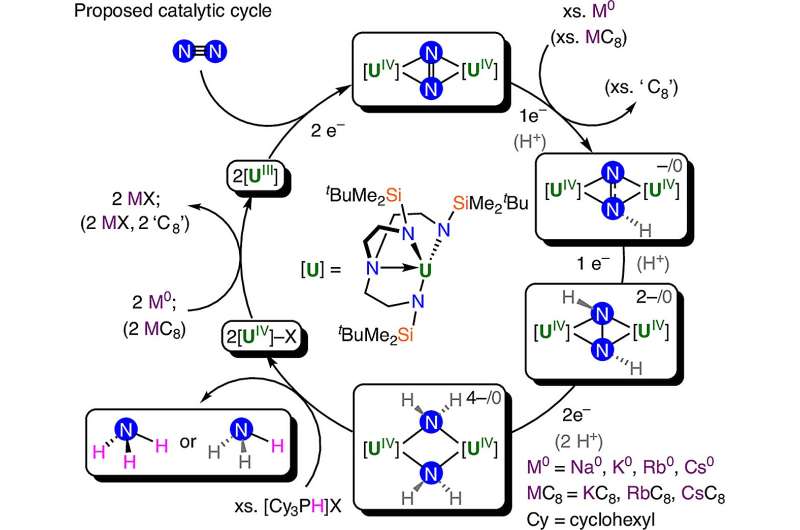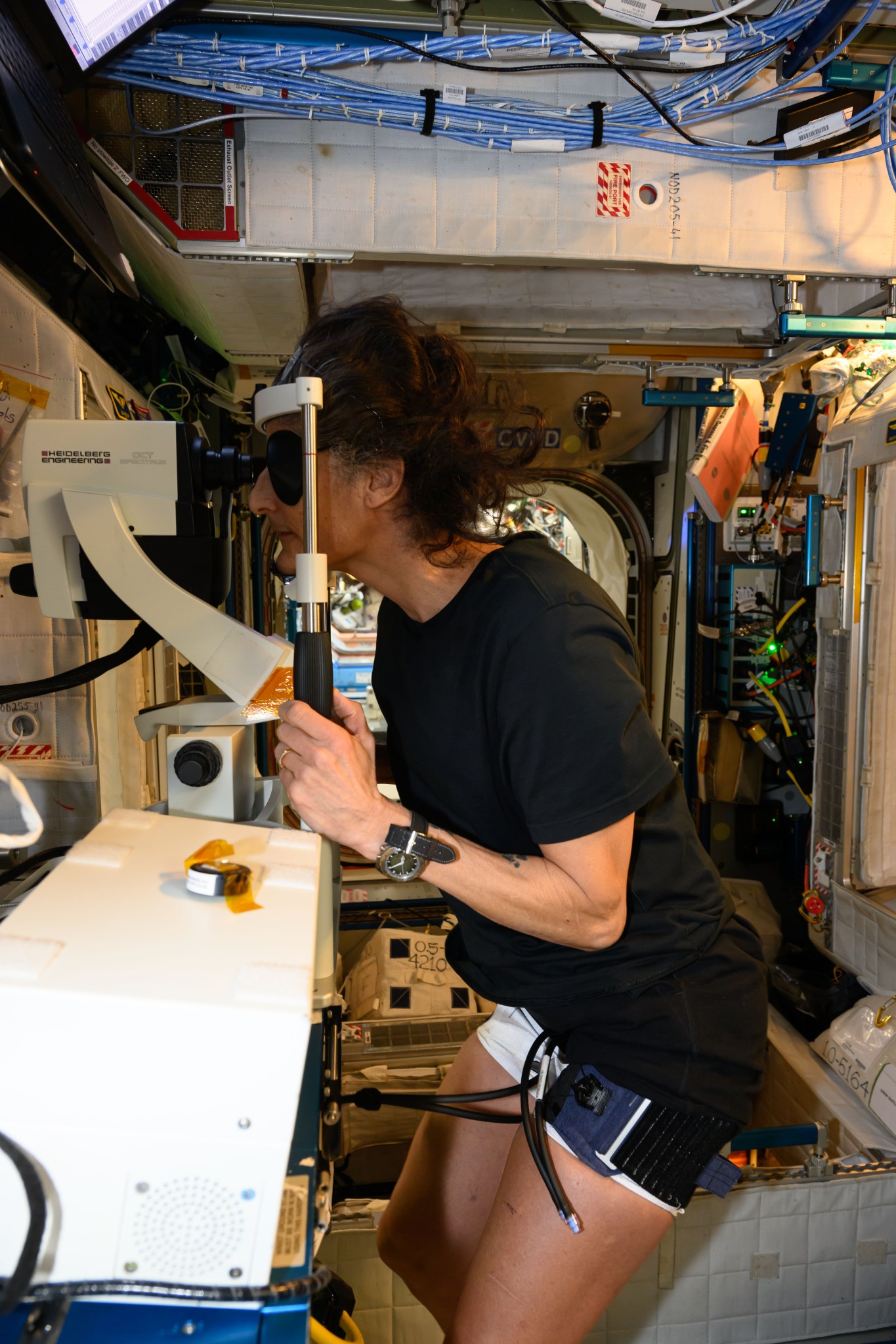MIT Physicists Revitalize Iconic Double-Slit Experiment with New Findings
Researchers at MIT have conducted an innovative version of the double-slit experiment, a cornerstone of quantum physics, revealing new insights into the nature of light. Their findings not only reaffirm the dual nature of light as both a particle and a wave but also challenge a long-held belief by Albert Einstein regarding this phenomenon.
The double-slit experiment, first carried out in 1801 by British scientist Thomas Young, demonstrated how light behaves as a wave. In its classical form, the experiment involves shining light through two slits and observing the resulting interference pattern on a distant screen. Rather than producing two distinct spots, the light creates alternating bright and dark bands, indicating wave-like behavior. Conversely, when attempts are made to measure which slit the light passes through, it behaves as particles, leading to the disappearance of the interference pattern.
New Methodology and Key Discoveries
The MIT team, led by Wolfgang Ketterle, performed a highly idealized version of the experiment, stripping it down to its quantum essentials. Using individual atoms as slits and weak beams of light, they effectively ensured that each atom interacted with at most one photon. This setup allowed them to manipulate the information that the atoms gathered about the photons’ paths.
By confirming predictions of quantum theory, the researchers demonstrated that increased knowledge about the light’s particle nature diminished the visibility of the interference pattern. “Einstein and Bohr would have never thought that this is possible, to perform such an experiment with single atoms and single photons,” Ketterle remarked. “What we have done is an idealized Gedanken experiment.” The team’s results are detailed in the journal Physical Review Letters.
In this experiment, the team cooled over 10,000 atoms to microkelvin temperatures, arranging them into a crystal-like lattice using laser beams. This formation allows each atom to act as an isolated entity, making it easier to detect the scattering of a single photon as it interacts with two adjacent atoms.
Implications for Quantum Physics
The research also addressed Einstein’s assertion that a photon could be detected passing through one slit without losing the interference pattern. The team tested this hypothesis by observing the effects of atom “rustling” on the interference pattern. They found that the wave nature diminished when an atom was disturbed by a photon, thus supporting Bohr’s interpretation of the uncertainty principle.
During the experiment, the researchers demonstrated that the photon’s dual nature could not be observed simultaneously, a key aspect of quantum mechanics. They conducted trials where they adjusted the “fuzziness” of the atoms, allowing them to shift between wave and particle behaviors. The findings corroborated the theoretical predictions, showing that the underlying quantum correlations between photons and atoms are what ultimately matter.
The work comes at a significant time, as the United Nations has declared 2025 the International Year of Quantum Science and Technology, marking a century since the formulation of quantum mechanics. Co-author Yoo Kyung Lee noted the coincidence of their findings aligning with the celebration of quantum physics and the historical debates between Einstein and Niels Bohr.
This groundbreaking research was supported by various organizations, including the National Science Foundation and the U.S. Department of Defense. As quantum science continues to evolve, the implications of these findings may pave the way for deeper understanding and new technologies in the field.






